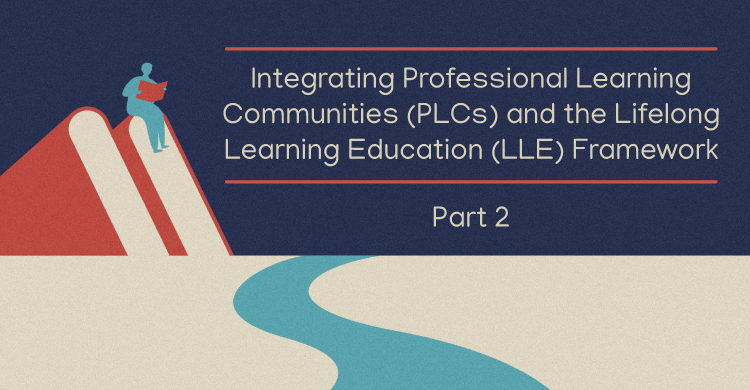This post is part of an ongoing series on the topic of Eliminating the Achievement Gap for Latino Students.
Latino students can and will learn if we, as educators, meet their language and learning needs. Latino students may lack the vocabulary and background knowledge needed to access academic content. The most effective and direct way to build background knowledge is to provide students with experiences outside of the classroom such as field trips. While these exploratory experiences are meaningful, schools may lack the funds to provide students with these powerful activities. In his book, Building Background Knowledge for Academic Achievement, Marzano provides an indirect approach to building background knowledge that schools can implement to enhance Latino students’ academic achievement. According to Marzano, background knowledge is stored visually and linguistically. Teachers should, therefore, provide Latino students with opportunities to visually and linguistically process big ideas of a unit before delving into an area of study. Before I start a unit of study, I provide my students with multiple opportunities to think critically about the topic at hand, engage in collaborative conversations with their classmates, and communicate their thoughts of the big ideas.
One way I build background visually for my students is engaging them in a collaborative picture analysis. For example, before reading the novel, Number the Stars, by Lois Lowry, it was important for my students to understand the historical background of the novel in order to engage in conversations about setting, plot, and character development. I provided each group of students with a picture of a scene during WWII and asked them to collaboratively record observations, inferences, questions, and connections around the actual picture. Analyzing pictures related to the content of study allows students to think critically about a topic and provides them with the language they will need to successfully engage in classroom discussions during the unit of study. In addition to a picture analysis, I exposed my students to a significant symbol, the Star of David, which was a continuous source of hope for many of the characters in Number the Stars. I used a Circle Map to tap on prior knowledge because I wanted to know everything they already knew about this symbol. We then read an article on the history behind the Star of David and the role this symbol played in the lives of the Jewish people during the Holocaust. We returned to the Circle Map to add additional information to define the symbol. These visuals were constant reminders to the students of what the Jewish people endured at this time in history, and as a result, enabled the students to better understand how the characters in Number the Stars developed throughout the novel.
Teachers should also provide Latino students with linguistic opportunities to build background before starting a unit of study. One of the most powerful strategies I have used to build background linguistically for my students is a SDAIE strategy called a quick write. A quick write requires the students to think about a question or topic for a minute and then write about it for three minutes without worrying about the mechanical aspects of writing. This activity gives students ample time to think about a topic before being asked to read about it or to participate in a group or classroom discussion. I have used quick writes before starting a novel as well as before each chapter in a novel to set the stage for rich discussion. For example, before reading Number the Stars, I gave my students a drawing of an empty suitcase and asked them to draw or write items inside the suitcase that they would grab from their homes if they had to suddenly leave without warning. I told the students they had five minutes to grab whatever was important to them and that they did not know when they would return home, if ever. I timed the students for five minutes while they completed this activity. I wanted the students to experience the pressure that the Rosens, a Jewish family in the novel, felt when they had to suddenly leave their lives behind in Copenhagen, Denmark, and flee to avoid being captured by Nazi soldiers. Once the students filled their suitcases with whatever they could think of in five minutes, I asked them to do a quick write about this experience and what it felt like to be under so much pressure. This quick write led to a rich classroom discussion on what it must have felt like for so many Jews to have to suddenly leave their homes. The students often referred back to this activity while we read the novel, and they also made reference to this experience when looking at the development of characters. A quick write is a powerful tool for building background knowledge because it gives Latino students the chance to think about a topic before discussing it in class.
Solution Tree is holding Soluciones: Eliminating the Achievement Gap for Latino Students Conference in Dallas, Texas on November 15-17, 2017, to provide participants with strategies to increase learning for Latino students. Participants will have the opportunity to hear from educators who have spent many years working with Latino students and have seen Latino students make tremendous academic gains as a result of building background knowledge. I, along with my Soluciones colleagues, invite you to this conference to take an in-depth look at effective classroom strategies and other key components a school must implement to promote academic achievement for Latino students.
[author_bio id=”243″]







